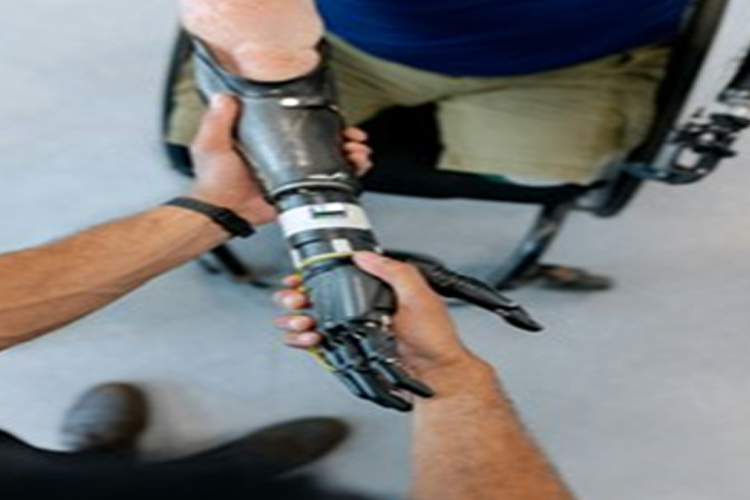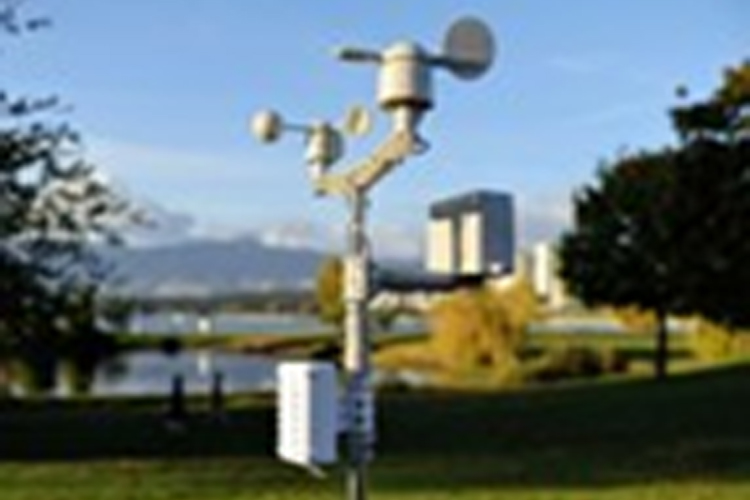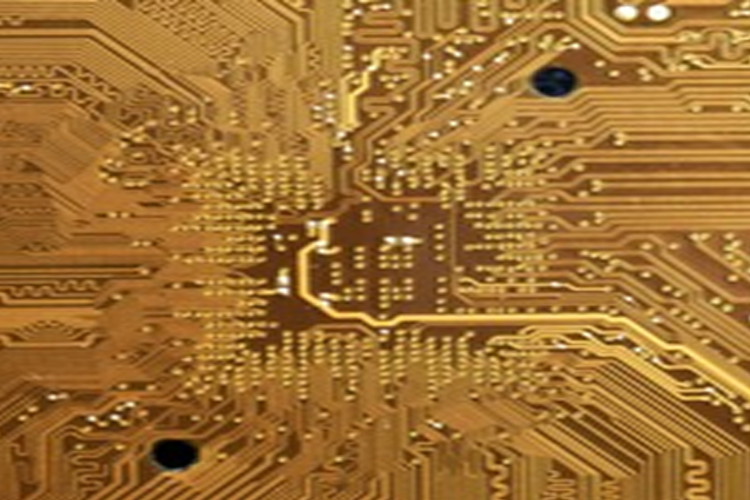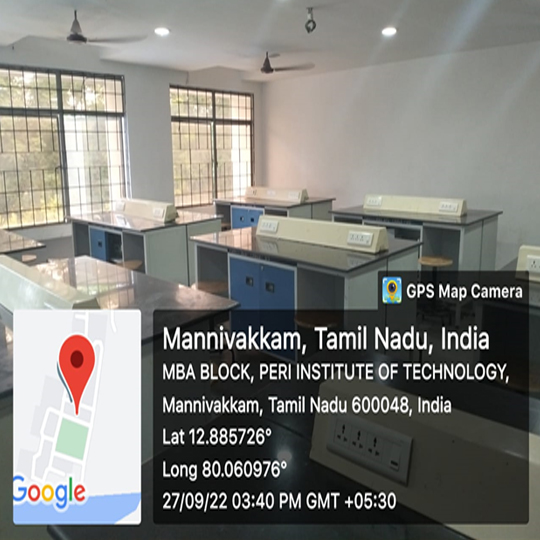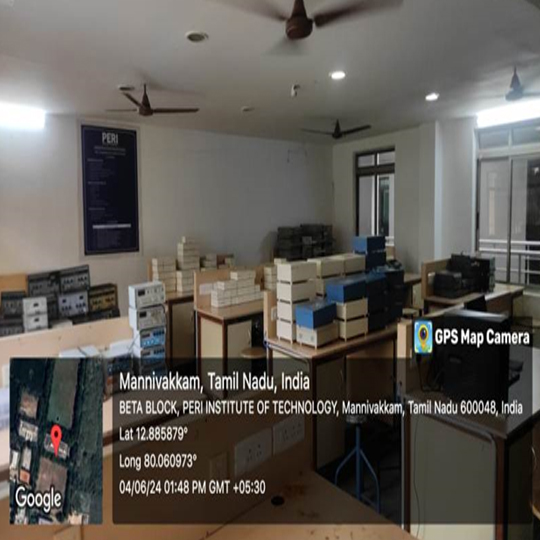Laboratory
Electronic Devices & Circuits Lab
Electronic Devices & Circuits Lab
About
The electronic devices & circuits lab is a fundamental practical course in the Electronics and Communication Engineering (ECE) curriculum that aims to provide students with an in-depth, hands-on understanding of semiconductor devices and their applications in analog electronic circuit design. The main objective of this laboratory is to bridge the gap between theoretical concepts taught in the classroom and real-world implementation of electronic circuits. Through a series of structured experiments, students are introduced to a variety of electronic components and devices including PN junction diodes, Zener diodes, Light Emitting Diodes (LEDs), Bipolar Junction Transistors (BJTs), Field Effect Transistors (FETs), Metal-Oxide Semiconductor FETs (MOSFETs), Unijunction Transistors (UJTs), and other active and passive circuit elements.
The lab is designed to help students understand the static and dynamic characteristics of these semiconductor devices under different biasing conditions, enabling them to derive important parameters such as cut-in voltage, breakdown voltage, reverse saturation current, DC and AC load lines, input and output resistance, gain, transconductance, and frequency response. In addition to device-level analysis, the course emphasizes the design, construction, and testing of fundamental electronic circuits such as rectifiers (half-wave, full-wave, bridge) with and without filters, Zener voltage regulators, clipping and clamping circuits, biasing circuits, RC-coupled amplifiers, feedback amplifiers, and oscillators (RC phase shift, Wien bridge, etc.). Students are trained to use standard electronic test and measurement instruments such as Cathode Ray Oscilloscopes (CROs), Function Generators, Dual Power Supplies, Digital Multimeters, and LCR meters to measure circuit responses and analyze waveforms. The lab also focuses on the practical challenges encountered during circuit implementation, such as component tolerances, thermal effects, signal distortion, and noise—thereby developing strong analytical and troubleshooting skills. Emphasis is placed on proper documentation of experimental procedures, observation of safety practices, teamwork, and effective communication of technical results.
This laboratory serves as a stepping stone to advanced electronics subjects, such as analog circuit design, integrated circuit applications, signal processing, and VLSI design. It helps students gain confidence in designing and debugging real-time analog systems, fosters critical thinking, and cultivates a strong foundation for research and industry applications. Ultimately, the objective of the Electronic Devices and Circuits Lab is to ensure that students are not only able to understand the theory behind electronic components and circuits but are also capable of applying this knowledge to design efficient, reliable, and innovative electronic systems in a professional engineering context.



